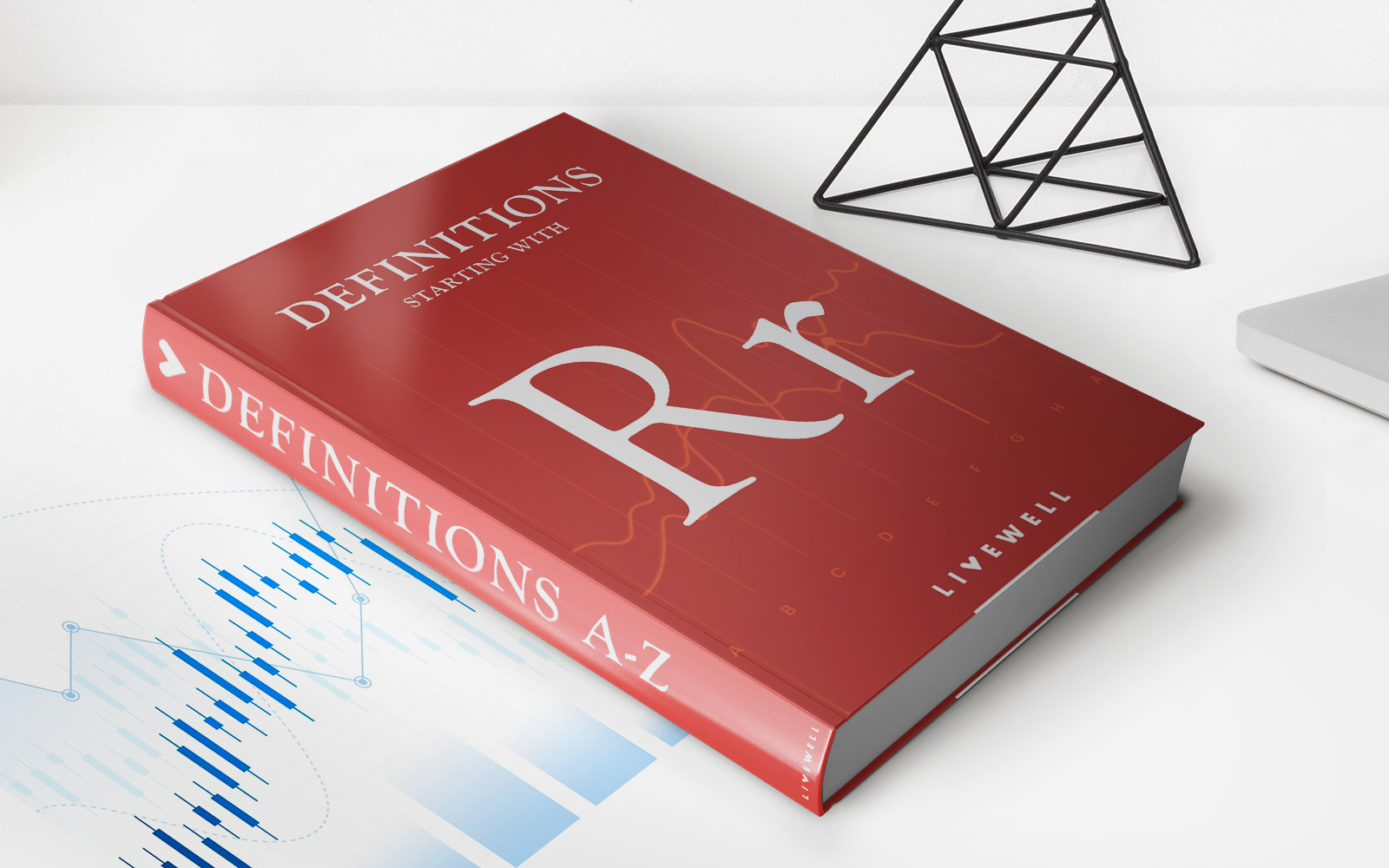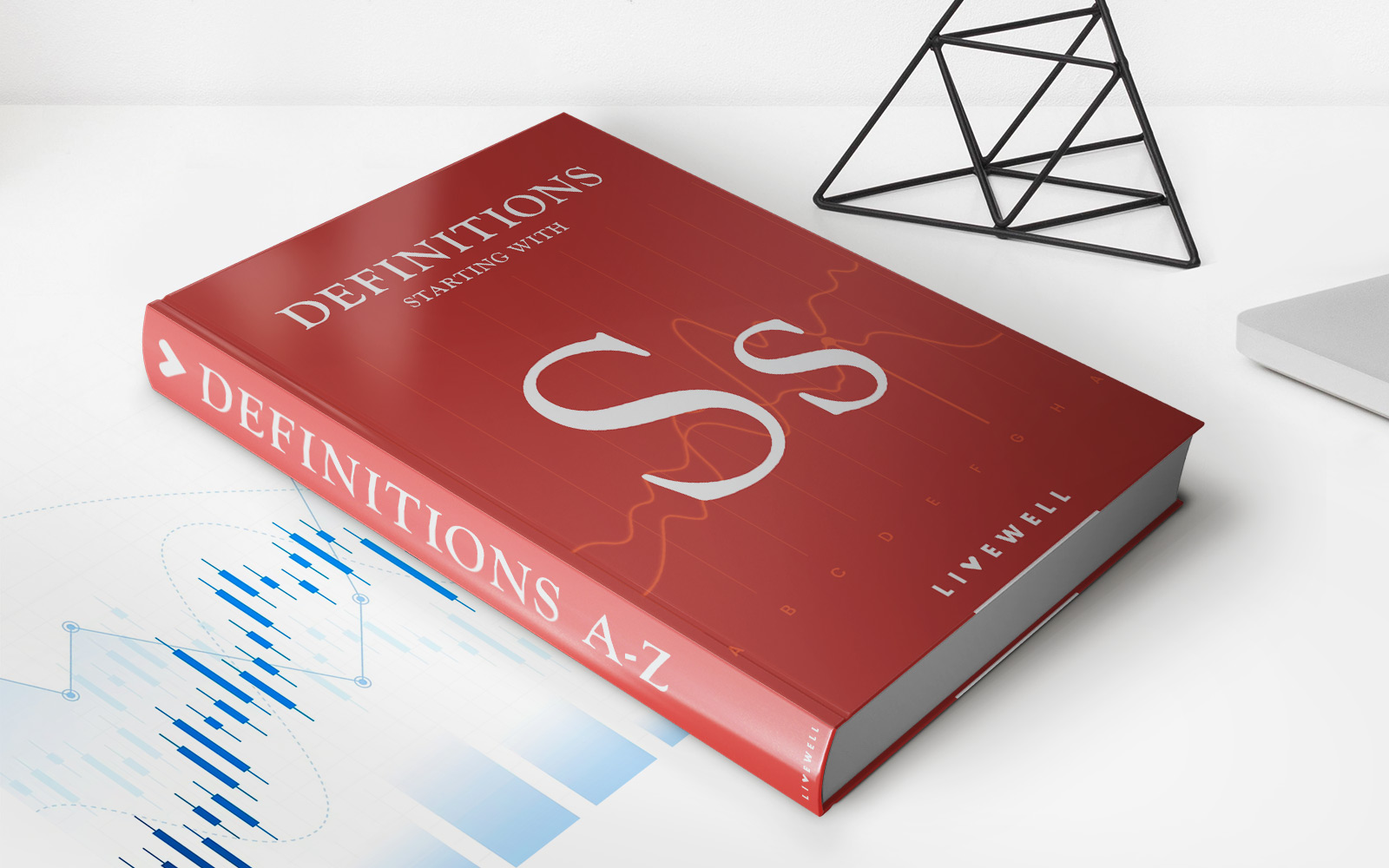Home>Finance>Foreign Exchange Intervention Definition, Strategies, Goals


Finance
Foreign Exchange Intervention Definition, Strategies, Goals
Published: November 26, 2023
Get a comprehensive understanding of foreign exchange intervention in finance. Learn about its definition, strategies, and goals for effective currency management.
(Many of the links in this article redirect to a specific reviewed product. Your purchase of these products through affiliate links helps to generate commission for LiveWell, at no extra cost. Learn more)
Understanding Foreign Exchange Intervention
When it comes to managing national economies, governments around the world employ various tools to influence their local currency’s value and stabilize their economies. One such tool is foreign exchange intervention. In this blog post, we will delve into the definition, strategies, and goals of foreign exchange intervention and shed light on its role in the global financial landscape.
Key Takeaways:
- Foreign exchange intervention refers to the actions taken by central banks or governments to influence the value of their local currency in the foreign exchange market.
- Strategies for foreign exchange intervention can include buying or selling currencies, implementing capital controls, or adjusting interest rates.
What is Foreign Exchange Intervention?
Foreign exchange intervention, also known as currency intervention or intervention in the foreign exchange market, is the deliberate effort by governments or central banks to influence the value of their domestic currency in relation to other currencies. This is typically done through buying or selling currencies in the foreign exchange market.
Foreign exchange intervention can take two forms:
- 1. Sterilized Intervention: In sterilized intervention, central banks buy or sell their own currency in the foreign exchange market while simultaneously undertaking offsetting operations to neutralize the impact on the domestic money supply. This intervention is typically used to counter excessive currency volatility and stabilize the exchange rate without affecting domestic monetary conditions.
- 2. Non-Sterilized Intervention: Non-sterilized intervention involves direct buying or selling of foreign currency by central banks without any offsetting operations. This type of intervention can impact domestic money supply and interest rates.
Strategies and Tools of Foreign Exchange Intervention
Central banks and governments adopt various strategies and tools to implement foreign exchange interventions. Some of the commonly used strategies include:
- 1. Direct Intervention: Central banks can directly buy or sell foreign currency in the foreign exchange market to influence the exchange rate. For example, if a government wants to reduce the value of its currency, it may sell its own currency and buy foreign currency.
- 2. Indirect Intervention: Governments can implement policies or measures that indirectly impact the exchange rate. This can include adjusting interest rates, imposing capital controls, or implementing fiscal policies to influence the demand and supply of the currency.
- 3. Verbal Intervention: Sometimes, central banks or government officials use verbal interventions to influence market sentiment and perception of the currency. Public statements or press conferences by policymakers can impact market expectations and currency valuation.
- 4. Coordinated Intervention: In certain cases, governments may collaborate with other countries to jointly intervene in the foreign exchange market. Coordinated interventions are typically aimed at addressing global imbalances and stabilizing exchange rates.
The Goals of Foreign Exchange Intervention
Foreign exchange intervention serves various goals and objectives, which can vary depending on the economic conditions and policies of each country. Some of the common goals of foreign exchange intervention include:
- 1. Exchange Rate Stability: Governments may intervene in the foreign exchange market to stabilize their currency’s value and prevent excessive volatility. This helps to provide stability for businesses, investors, and international trade.
- 2. Economic Competitiveness: In some cases, governments intervene to maintain a competitive exchange rate that supports their export-oriented industries. By influencing the exchange rate, countries can gain a competitive edge in international trade.
- 3. Macroeconomic Stability: Foreign exchange intervention can be used as a tool to manage inflation, control interest rates, and maintain overall economic stability. By adjusting the exchange rate, governments can influence import/export costs and impact the domestic economy.
- 4. Protection Against Speculation: Intervention can be utilized to counter speculative attacks on the currency. By buying or selling large amounts of their own currency, central banks can discourage speculators from taking positions against the currency.
Foreign exchange intervention is a complex and nuanced tool used by governments and central banks to influence their currency’s value. Understanding its definition, strategies, and goals is crucial for anyone interested in the intricacies of international finance and the global economy.
Key Takeaways:
- Foreign exchange intervention refers to the actions taken by central banks or governments to influence the value of their local currency in the foreign exchange market.
- Strategies for foreign exchange intervention can include buying or selling currencies, implementing capital controls, or adjusting interest rates.
Now that you are familiar with the concept of foreign exchange intervention, explore further and deepen your knowledge about the intricacies of international financial systems and the fascinating world of global currencies.














